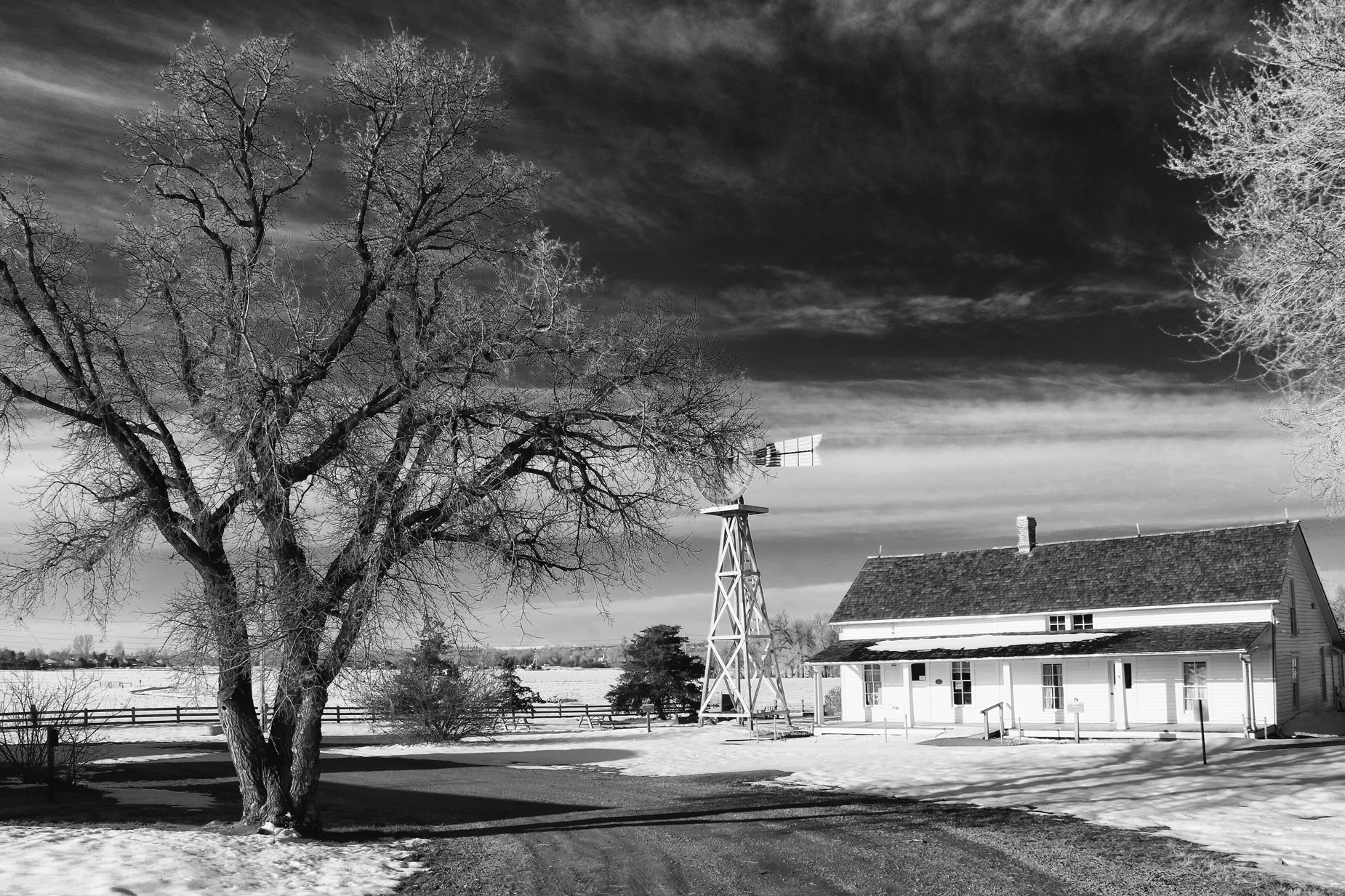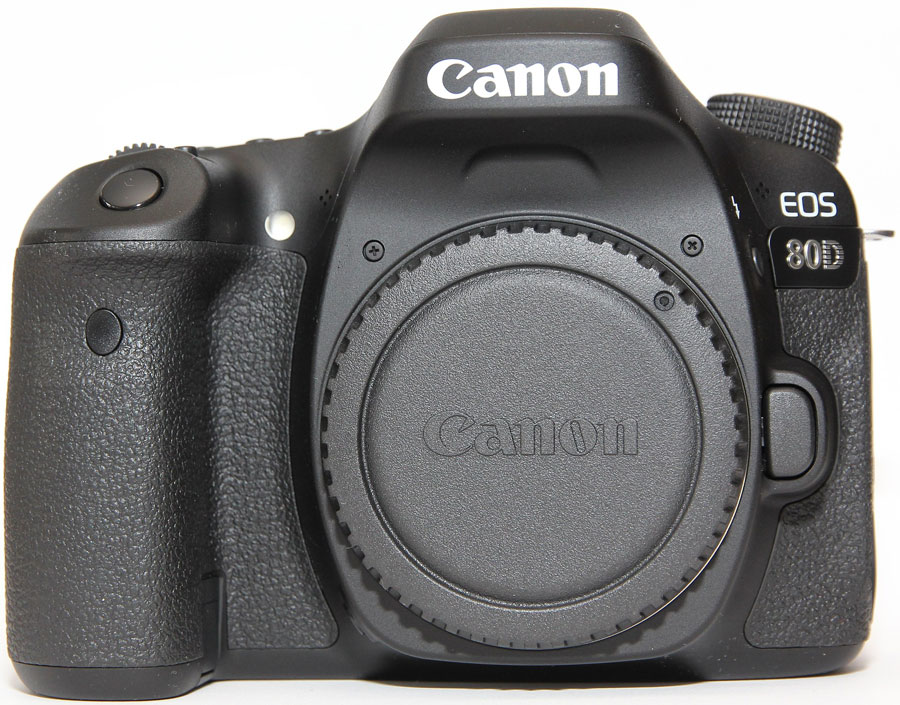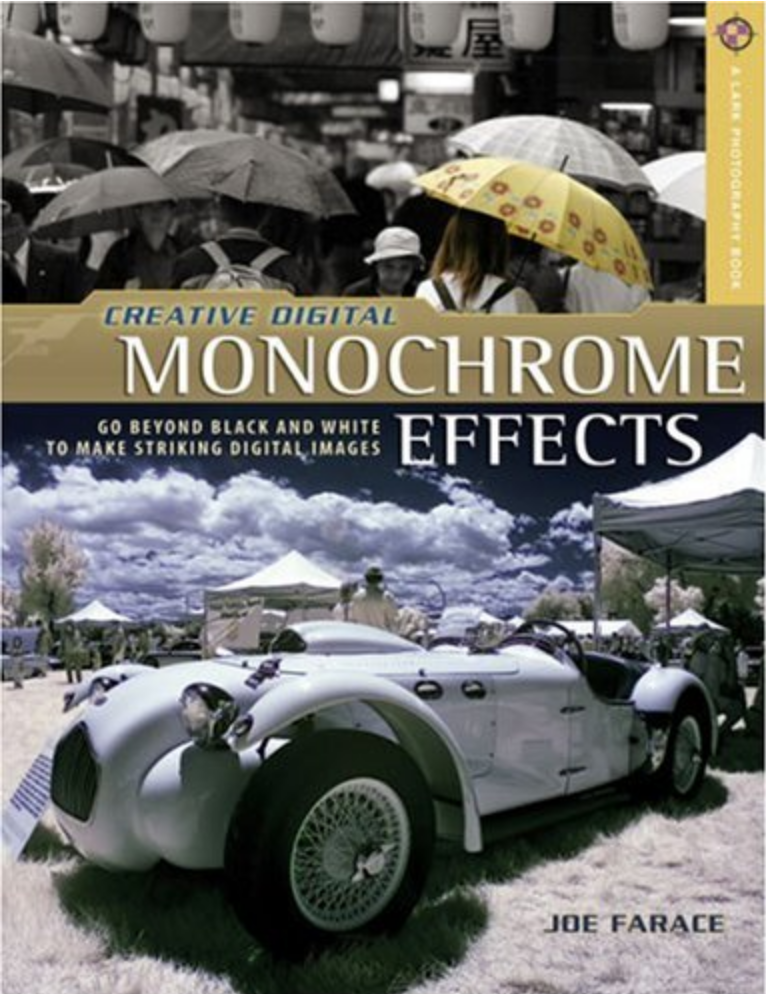Today’s Post by Joe Farace
The simple hearth of the small farm is the true center of our universe.—Masanobu Fukuoka
I’ve often written about my long term self-assignment to photograph barns all over of the state of Colorado and while I haven’t done much of that lately—single digit temps and snow, ity;s snowing as I write this— I still enjoy photographing farms and barns, especially in black and white. There’s something about the nostalgia of a monochrome image that seems to fit with the kind of photographs that I usually make but maybe part of it is the sentimentality of me getting older. Take 17-Mile Farm for example…
Just down the road, a hoot and a holler away from Daisy Hill on Parker Road, It’s an 1860’s “mile house,” along with a barn and silo and is located along the historic Smoky Hill/Cherokee Trail route to Denver. 17-Mile farm is one of the so-named “Mile” locations that were part of the stagecoach run from Denver. The farm sat 17-miles from Denver, so there’s that.

How I Made this Shot: This image was made using a Canon EOS 80D with EF-S18-135mm f/3.5-5.6 IS USM lens at 18mm (29mm equivalent.) I started by doing a little perspective correction of the original color JPEG file before applying the Polarization filter from Color Efex. Next I used the High Structure (harsh) preset from Silver Efex, with the Red filter applied to convert the image to monochrome. To finish it I used Dfine to smooth off any rough edges that using the Structure slider usually produces with any image.
17-Mile House is part of a 70-acre open space that was originally a log cabin and some portions of the original structure can still be seen. It’s located at 8181 S. Parker Rd. on the southern edge of Arapahoe County where three adjoining open space properties serve as a regional wildlife corridor and biking/walking trail. In 2001, nine different entities joined together in an attempt to preserve this historic site and work there has been ongoing for the past several years. It’s worth a visit, especially when the house is open to the public and available to tour. Be aware that the docents in the house frown on photography while inside the building—for some reason.
The Camera
 The Canon EOS 80D is an 24.2-megaixel DSLR that has a 22.3 × 14.9 mm (APS-C format) format CMOS sensor with a 1.6x multiplication factor. It is not a “crop sensor.” Is this the same sensor that’s in the unloved (by Canon but not by people) EOS M6 Mark II that was launched three years later? I’m sure that thrifty Canon used the same sensor even if the DIGIC image processor and it’s software is not the same. The M6 Mark II uses the DIGIC 8; the 80 uses the DIGIC 6. The camera is said to have a “New shutter mechanism to help reduce vibrations and camera shake” but not IBIS. Much like the M6 Mark II, it had to do with image stabilized lenses.
The Canon EOS 80D is an 24.2-megaixel DSLR that has a 22.3 × 14.9 mm (APS-C format) format CMOS sensor with a 1.6x multiplication factor. It is not a “crop sensor.” Is this the same sensor that’s in the unloved (by Canon but not by people) EOS M6 Mark II that was launched three years later? I’m sure that thrifty Canon used the same sensor even if the DIGIC image processor and it’s software is not the same. The M6 Mark II uses the DIGIC 8; the 80 uses the DIGIC 6. The camera is said to have a “New shutter mechanism to help reduce vibrations and camera shake” but not IBIS. Much like the M6 Mark II, it had to do with image stabilized lenses.
 If you enjoyed today’s blog post and would like to buy Joe a cup of Earl Grey tea ($2.50), click here. And if you do, thank so very much.
If you enjoyed today’s blog post and would like to buy Joe a cup of Earl Grey tea ($2.50), click here. And if you do, thank so very much.
Copes of my book Creative Digital Monochrome Effects are available from Amazon for $16.16 with used copies starting at affordable prices—around seven bucks—right now. Pick up a copy now while they’re cheaper than your next “cup of joe” at Starbucks.